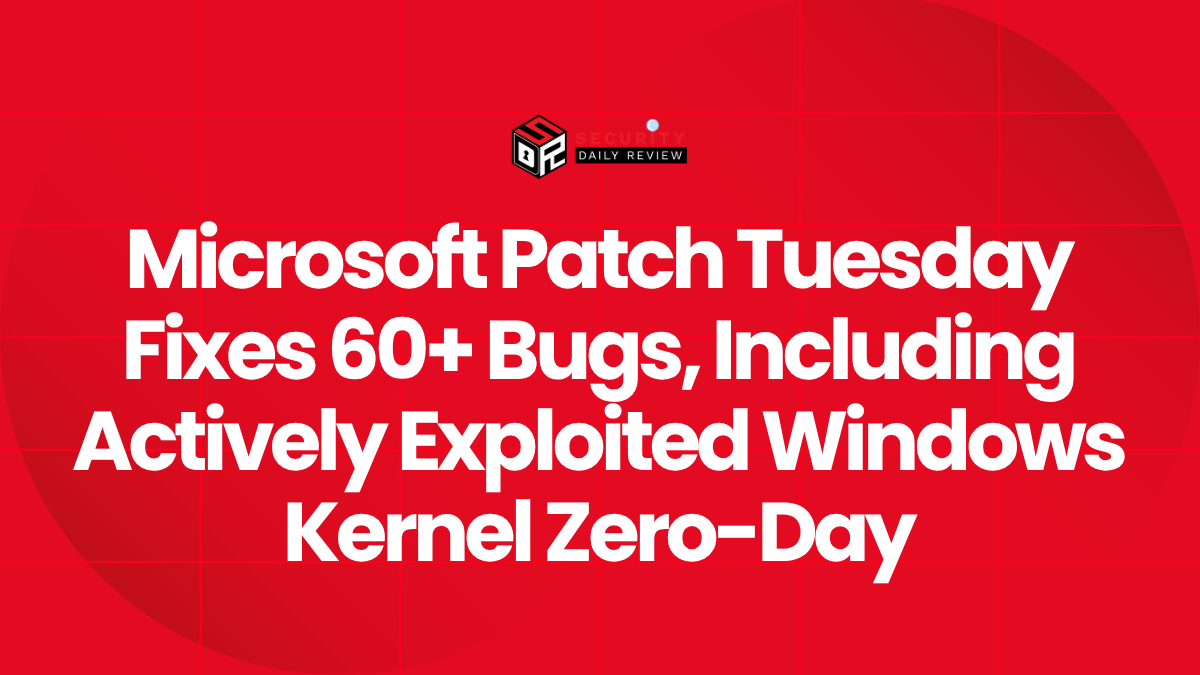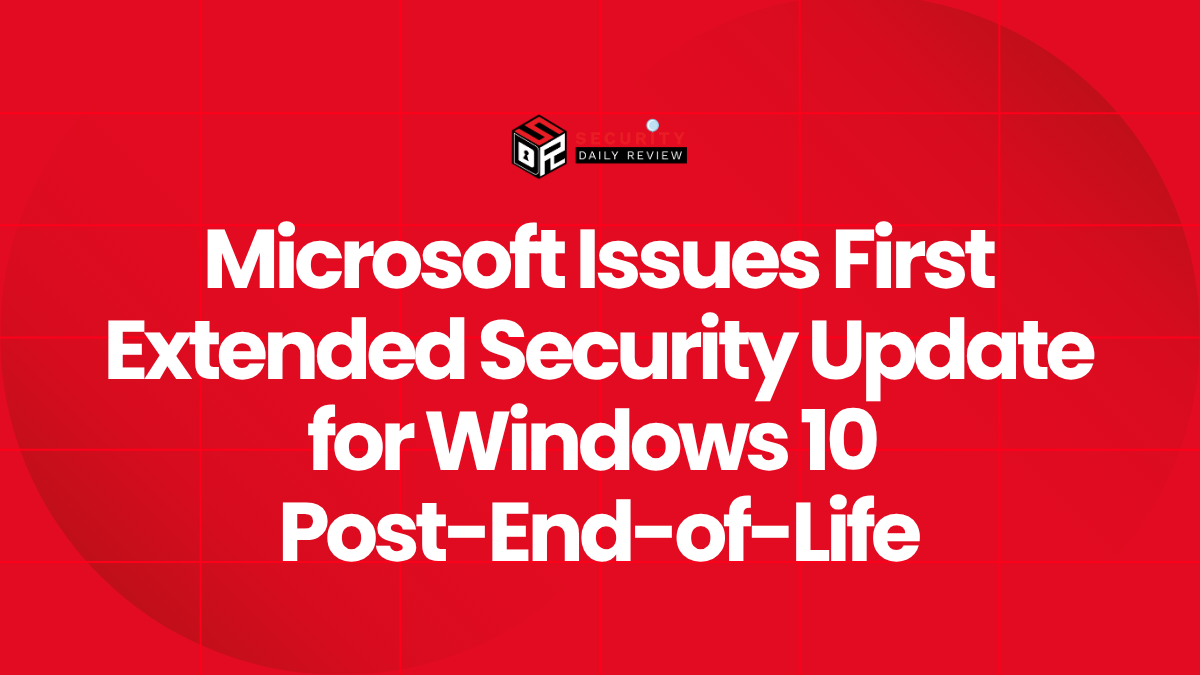Microsoft’s November 2025 Patch Tuesday rollout has drawn significant attention from security professionals, as the company addressed over 60 security vulnerabilities across its software ecosystem. Of particular concern was an actively exploited privilege escalation vulnerability in the Windows Kernel, prompting cybersecurity teams to prioritize mitigation strategies.
Microsoft Patches a Privilege Escalation Flaw in the Windows Kernel
Security analysts emphasize the urgency of addressing a privilege escalation vulnerability within the Windows Kernel (CVE-2025-30080). This zero-day flaw was actively exploited in the wild prior to patching.
CVE-2025-30080 is categorized as a privilege escalation bug with a CVSS (Common Vulnerability Scoring System) classification of “Important.” The vulnerability allows an attacker to elevate privileges after gaining initial access to a system, potentially paving the way for lateral movement, deeper access to sensitive resources, or execution of arbitrary code in kernel mode.
Microsoft noted that the vulnerability required the attacker to have already gained local access to the targeted system. Still, the real-world exploitation observed by security researchers raises the threat level significantly. Attackers exploiting privilege escalation flaws often use them in post-exploitation phases after phishing or other initial access vectors.
Multiple Vulnerabilities Spanning Windows and Enterprise Software
More than 60 vulnerabilities were addressed in June’s updates, across a range of Microsoft platforms and services.
Beyond the kernel-level zero-day, Microsoft’s security updates span various components critical to enterprise customers, such as:
- Windows real-time systems and network protocols
- Microsoft Office and SharePoint
- Azure DevOps
- Remote Desktop and Hyper-V
Five vulnerabilities were rated as Critical—Microsoft’s highest severity tier—and most of them were remote code execution (RCE) bugs. For example, CVE-2025-30078 affects the Windows Pragmatic General Multicast (PGM) protocol and, if exploited, would allow arbitrary code execution remotely on affected systems. Although these issues were not currently exploited in the wild, due to the network exposure potential, Microsoft urges administrators to patch without delay.
Other noteworthy vulnerabilities included scripting engine flaws in Windows and Edge that could be abused through malicious web pages or document content.
Security Teams Urged to Act Swiftly Despite No Exploit for Most Bugs
While only one vulnerability is known to be actively exploited, Microsoft’s advisory reinforces fast deployment of all patches.
The relatively modest number of critical vulnerabilities this month does not diminish the importance of prompt patch application. Advanced persistent threats (APTs) and cybercriminals often reverse-engineer Patch Tuesday updates to identify and weaponize patched flaws on unpatched systems—often referred to as “n-day” vulnerability exploitation.
Microsoft’s own guidance highlights the risk of delayed patching. Because the Windows kernel is core to the operating system’s architecture, any flaw in it—especially one under active exploitation—could compromise the integrity of enterprise networks and endpoints.
Additionally, some of the RCE flaws patched this month affect functions that are frequently exposed to the internet or used in enterprise environments with complex configurations, such as SharePoint or Hyper-V.
“Organizations should prioritize the Windows Kernel zero-day patch, and evaluate exposure to vulnerabilities impacting internet-facing services and virtual environments,” said a vulnerability analyst.
Recommendations for Enterprise Security Teams
To address both the immediate risk and build resilience, security teams should take a layered, proactive approach.
Microsoft includes mitigation details and exploitability indexes in its monthly release notes to help prioritize tasks. Enterprise security teams should:
- Patch CVE-2025-30080 immediately on all Windows systems, especially those handling sensitive operations or accessible remotely.
- Review endpoints and virtual workloads for exposure to critical RCE bugs such as CVE-2025-30078.
- Perform risk-based vulnerability management by correlating technical severity with business impact.
- Monitor for exploit attempts using endpoint detection and response (EDR) tools.
- Update baselines in asset management tools to ensure visibility into systems lacking June’s patches.
Security administrators should also consider including Patch Tuesday review cycles in change management pipelines. The inclusion of an actively exploited Windows Kernel vulnerability in this release is a stark reminder that delay not only increases exposure but may give skilled attackers the foothold they need.
Looking Ahead: Patch Velocity and Threat Landscape
With attackers moving quickly from disclosure to exploitation, resilience depends on update velocity and monitoring.
The trend of including at least one actively exploited vulnerability in each month’s patch cycle has continued into November 2025. This reinforces the role of threat intelligence and patch prioritization in defending against emerging threats. As defenders move to apply updates and verify integrity across their environments, the pressure is on to maintain patch velocity that matches required response times for zero-day threats.
In an era where attackers capitalize on both zero-day and recently patched vulnerabilities, effective patching is not just reactive hygiene—it has become a daily necessity for resilience.









